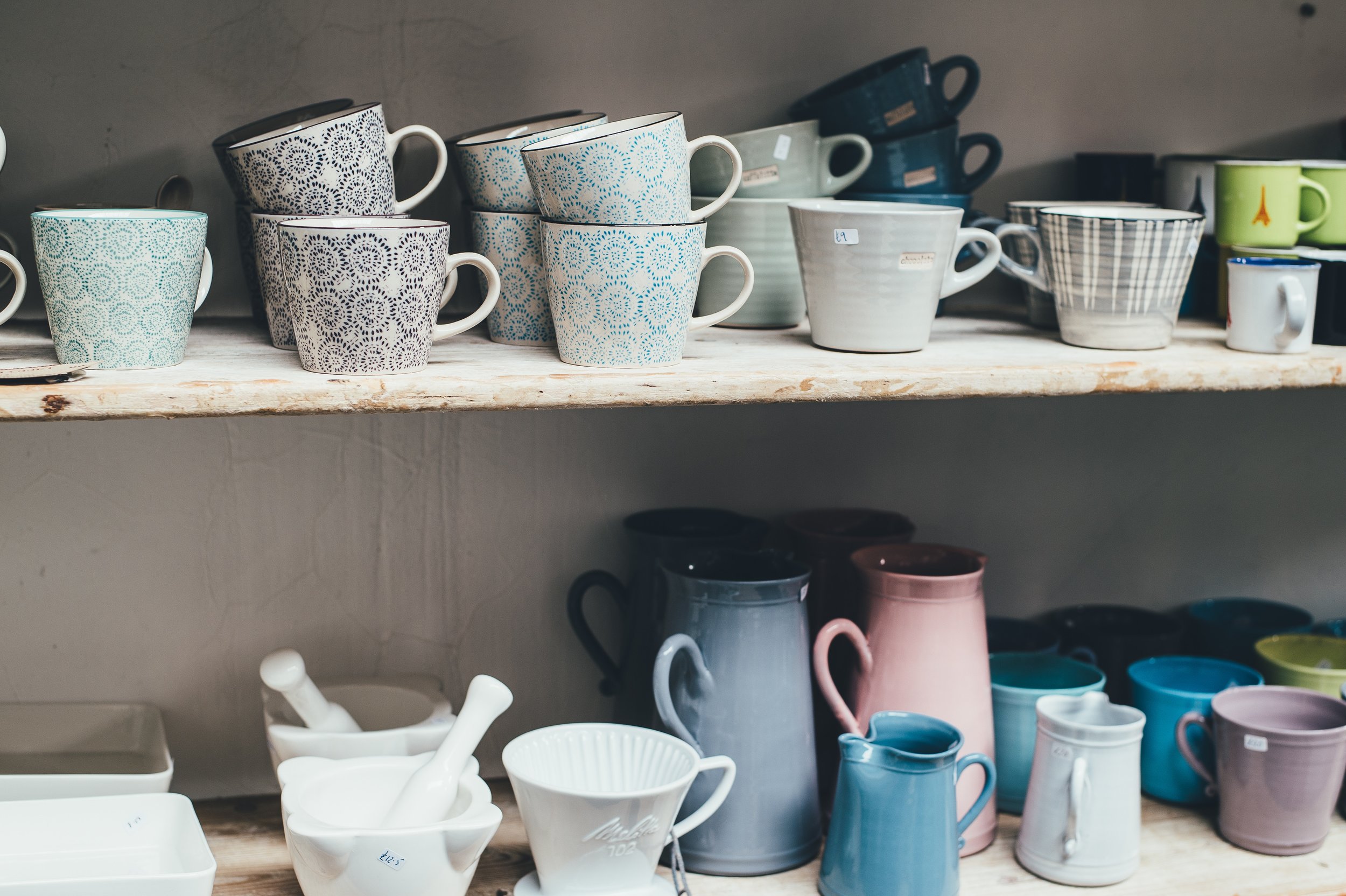There are so many mental health benefits to living a life with less. Our possessions can actually add stress to our lives, weigh us down, and create a chaotic home environment if we let them accumulate. Clutter accumulation definitely varies in severity from household to household, but regardless of how much clutter you have, you could probably benefit from purging a few items. For those who have been hoarding items for years, the thought of decluttering may be overwhelming – but it doesn’t have to be! If you’re wondering how you could get started, keep reading!
-
Understand Why
In order to de-clutter your home, you first need to understand what caused the clutter to pile up in the first place. Most people tend to accumulate clutter for the following reasons:
Convenience Clutter: This type of clutter occurs when you buy items you already own because you don’t have a system in place for where to store them. Or, when you need to find an item, you can’t recall where you’ve stored it so you just end up buying a new item.
”Just In Case” Clutter: This type of clutter occurs when you’re concerned that you “may” need an item in the future, so you save everything.
Overwhelmed Clutter: Your life is in chaos, so you don’t even have time to think about all of the “stuff” that has accumulated.
By identifying which category you fit into, you can avoid your weak spots and recognize patterns to prevent them from occurring in the future.
2. Start Decluttering
Now that you know why the clutter is happening, it’s time to tackle the beast head on! Often times, people are unaware of how much time and money they devote to taking care of our possessions and how much has accumulated over the years. By committing to decluttering, you’re committing to bring control back into your life. Decluttering is a process and does not happen overnight, but the great news is that you can begin immediately without much effort by following the steps below!
1. Pick 5 items each day….. (have some fun with it and make it a game with your family)
2. Ask yourself these 3 questions….
(A) Have I used this thing in the last 12 months?
(B) Does the thing add value to my life?
(C) Do I truly need the thing?
3. If the answer to those questions are no, then get rid of it. Put it in a “donate” box, post it for sale online, or throw it away!
4. Rinse and repeat this process every day until all of the items you own cause you to answer “yes” to all 3 questions in step 2.
Following these steps every day should have your entire house significantly decluttered within a few months. Breaking a HUGE goal down into small, daily actions makes your ultimate goal much more attainable and less overwhelming.
3. Part With Memory Clutter
Memory clutter is tough because you sometimes feel obligated to keep it, even if it serves no purpose in your life. You have to remember that your home is not a museum. Things do not have to become yours simply because they belonged to a close family member and you got stuck with it. You’re not a bad person for giving away or selling inherited items. If you’re really struggling with this, then actively use the item you were given. For example, replace the lamp that you own, with the one you inherited from your grandmother. If you’re finding yourself struggling with putting it out, then you really don’t need it.
Mementos from your own life are harder to part with because when you see them, you relive the story. If you can’t let go of certain items, try creating a consolidated memory box of just a few of the most important items and store it somewhere out of sight that you can access whenever you’d like. Other items like photos can be scanned, stored electronically, and then disposed of. The rule of thumb is: If it serves no purpose, let it go. It’s easier said than done, but once you start, you’ll find that the process can have a very therapeutic effect.
4. Commit Fully
To change your life, you must first commit fully to changing your habits. Doing things halfway can wreak havoc in your life. That’s why it’s important to always finish what you start. For example, if you bring the mail in to your house, don’t go through it and let it stack up on a counter – either file it or recycle it! If you don’t have time to sort through it, you shouldn’t be taking the mail in. It’s a task that requires less than a minute of your time, but will give you a clear countertop and a sense of control over your environment.

